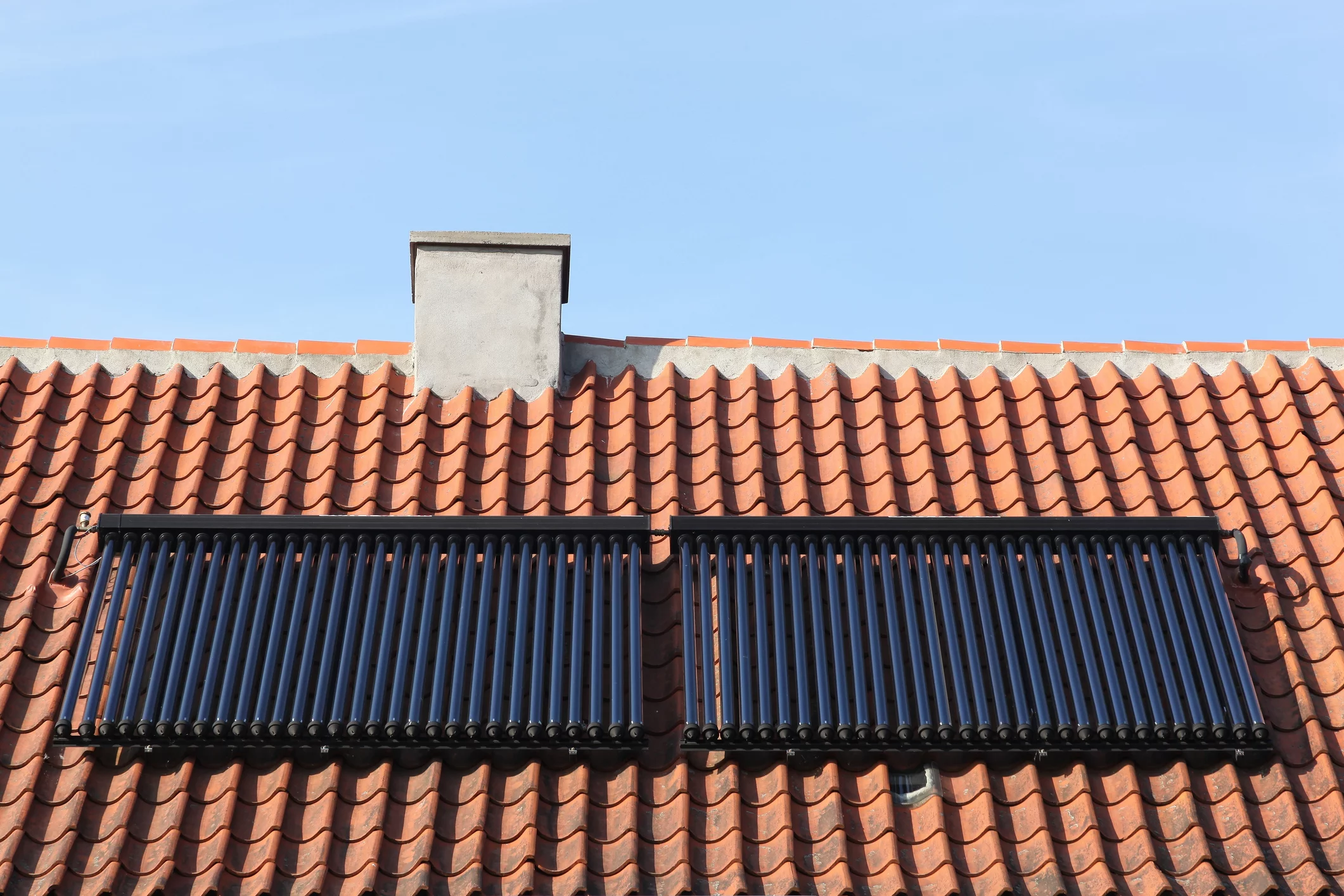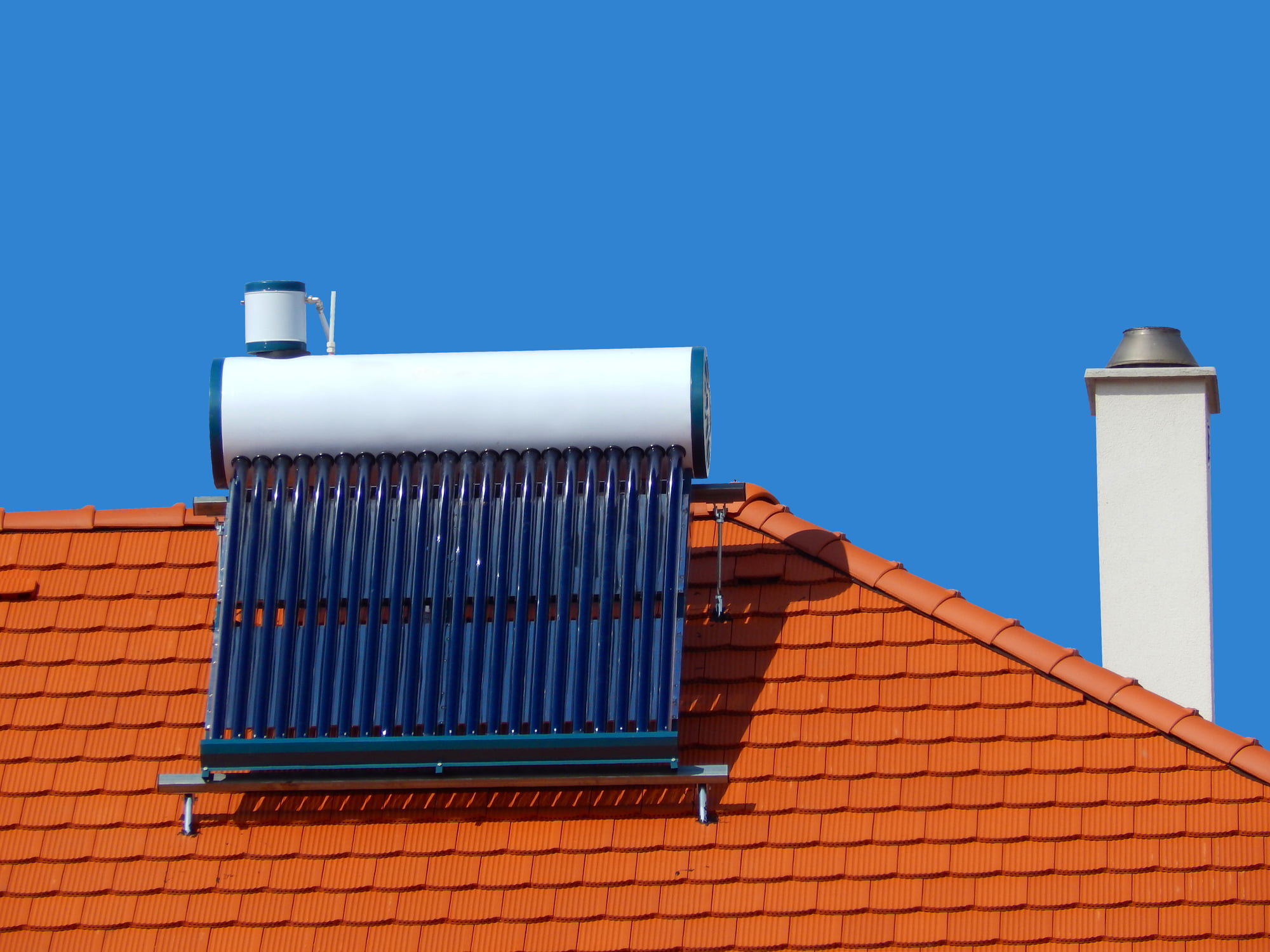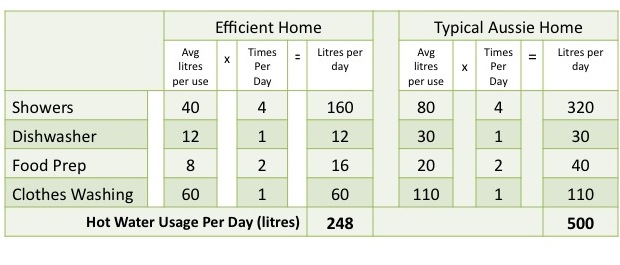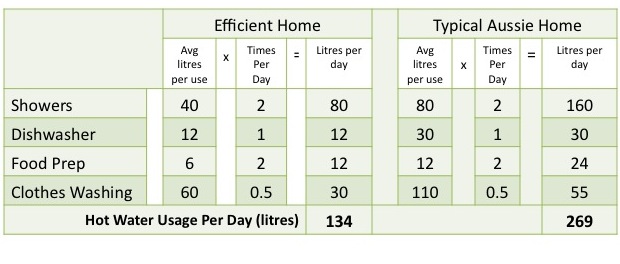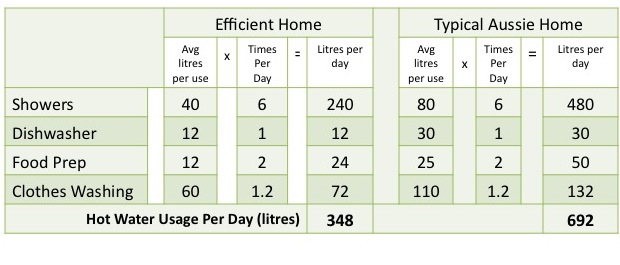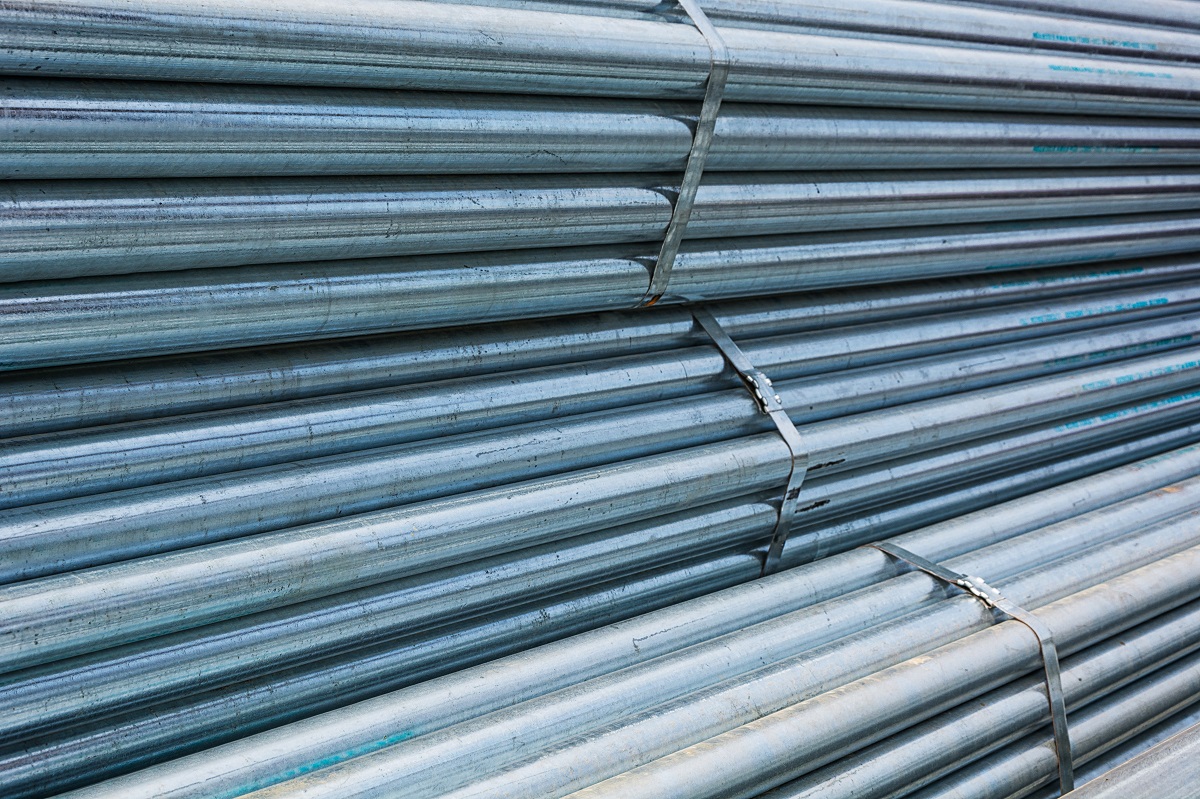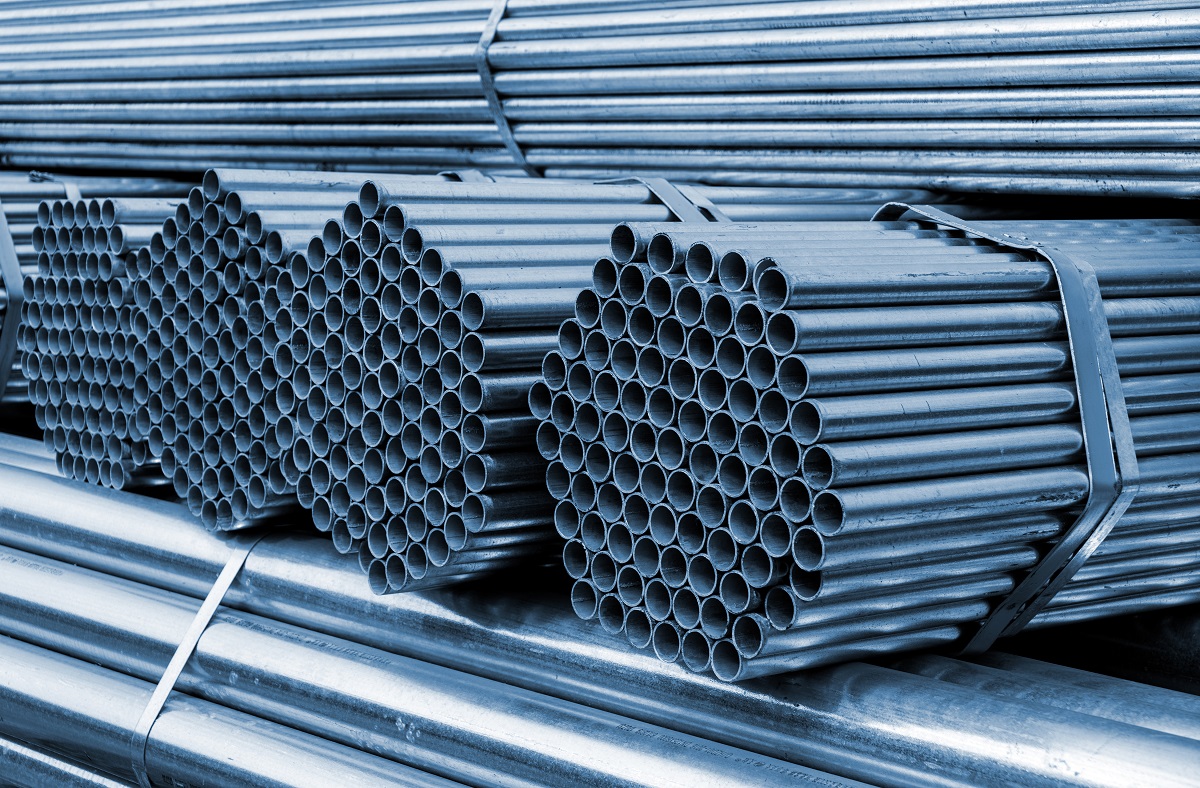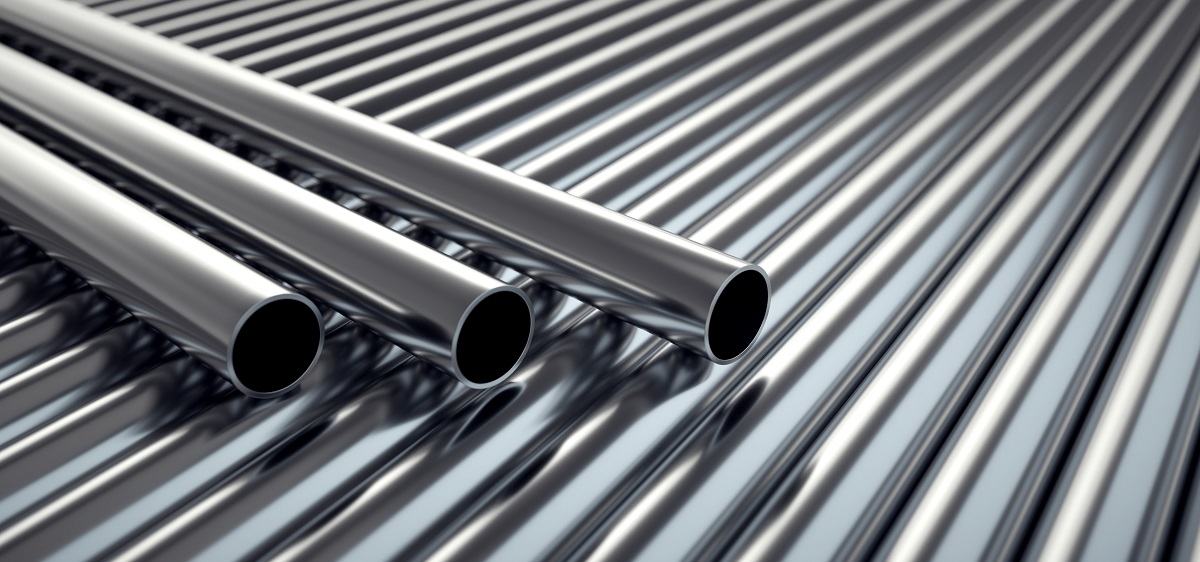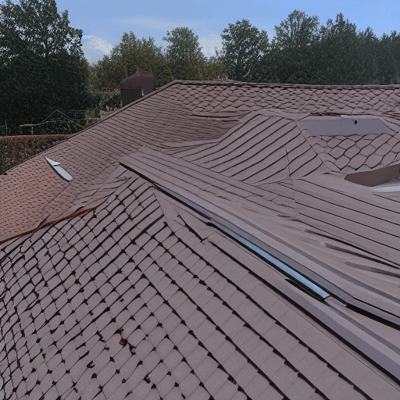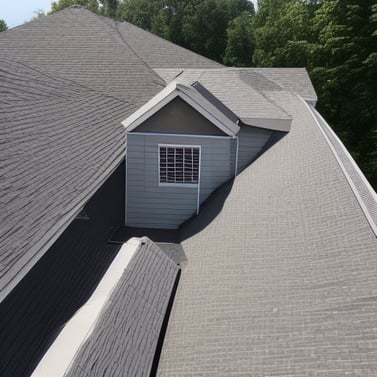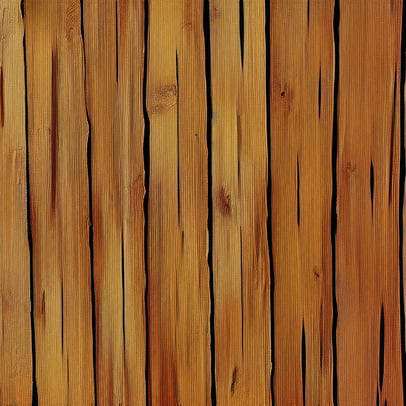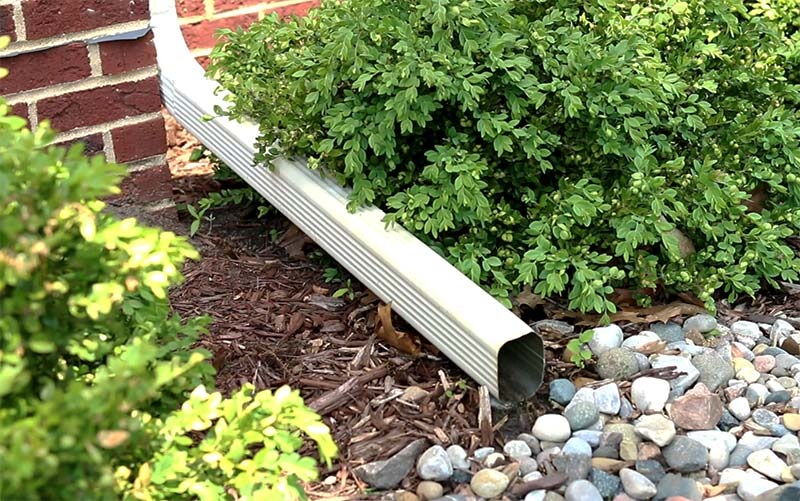Solar energy is freely available and abundant to us. The solar radiation that strikes the earth’s surface can easily be put to use for the good of human civilization. The solar water heater is one of the widely used solar energy harvesting systems. Read the blog to learn about the advantages of solar water heater and other facts related to them.
What is Solar Water Heater?
Before hopping onto the advantages of solar water heater, you need to learn what a solar water heater is. An appliance that uses sunshine to heat water is known as a solar water heater. It may be a cost-effective method of providing your household with hot water (for showers and baths). Since solar energy is free in contrast to natural gas or fuel oil, a solar heater not only provides significant energy savings. Additionally, it provides a means to continuously generate hot water for sanitary purposes without producing any CO2.
What are 4 Advantages of Solar Water Heater?

Solar energy is a natural form of energy that is free, unlimited, and renewable. When you use solar panels, you’ll see a noticeable decrease in electricity bills. Solar water heaters are also powered by solar energy and they also have a lot of advantages. Let’s see 5 advantages of solar water heater.
1. Saves Environment and Space
Solar water heaters use solar panels and thus they are green devices. They aren’t dependent on fuel. Additionally, they have low carbon footprints and zero-emission. They also save a lot of space. If you don’t have enough room, you can go for a thermal panel.
2. Zero Cost
A solar panel is powered by the sun’s energy and thus you don’t have to pay any money to the power grid for using electricity. It is also a renewable source of energy. It’s also available each day and completely free. You just need to figure out how to fine-tune your panel to optimize its performance on cloudy days.
3. Cheap Installation and Low Maintenance
Installing a solar panel is a lot cheaper in comparison to installing a PV panel. You can also earn rewards by transferring the unused unit back to the electricity grid. It’s a one-time investment with long-term benefits.
Solar water heaters are low-maintenance devices. They only demand simple cleaning. They don’t have moving parts and thus they don’t suffer from tears and breaks which could need regular repairing attention.
4. Efficient
Solar water heaters are really efficient as solar panels have the ability to convert almost up to 80% radiation into heat energy. The panels can do so without even making use of any external fuels.
What are Disadvantages Of Solar Water Heater?
The following points explain the major disadvantages of solar water heater-
1. In comparison to PV panels, solar thermal panel only heat water.
2. Solar water heating systems require direct sunlight to function and thus they don’t work on rainy, foggy, and cloudy days.
3. To accommodate such heaters, you require a certain amount of roof space.
4. For their installation, a new hot water cylinder is required.
Also Read: 5 Major Advantages and Disadvantages of Hydroelectric Energy
What is Working of Solar Water Heater?
The collector panel is exposed to the sun’s rays (a component of a solar water heating system). Inside the collectors, a black absorbing surface (absorber) takes in solar radiation and transmits the heat energy to water running through it. In order to prevent heat loss, heated water is collected in an insulated tank. The thermal siphon system ensures that the automatic flow of water from the tank via the collectors and back to the tank is maintained. Solar water heaters come in two different varieties depending on the collector system: A solar water heater is made up of an insulated storage tank for hot water and a collector for gathering solar energy. You can always use the heated water that has been kept. After this, let’s learn about the types of solar water heater.
What are the Types of Solar Water Heater?
Solar water heaters come in a variety of designs, including both open-loop and closed-loop systems, each having certain advantages of solar water heater. The various types of solar water heaters are:
1. Drainback Solar water heating system
The fluid used for heat transfer is distilled water. It flows through the collector loop and serves as the medium. With the aid of the pump, the water passes through the collectors. A non-pressurized system is the Drainback Solar Water Heating System. Water is gravity-fed into the heat exchanger and storage tank. When the pumps are off, the system shuts down. Additionally, the device has a preset that disables it when the water in the storage tank becomes too hot. Installation of a sizable piping infrastructure is required for a drain-back solar water heating system. It is more practical, nevertheless, as it does not require check valves, pressure gauges, air vents, etc.
2. Active Open Loop Solar Water Heating System
This is a straightforward and inexpensive system that operates on the idea of heat transmission through the water at ordinary pressure. At the bottom of the storage tank, the system has a temperature controller. The differential controller turns on the circulating pump when the water in the storage tank is cold. As a result, water is drawn from the storage tank to the solar collector, where it is heated and returned to the tank’s top. Due to little heat loss, Active Open Loop Solar Water Heating System provides good performance.
3. Passive Solar Water Heating System
installation on the rooftop is required, along with a storage tank on top. The collector, which uses the cold water supplied by the city provider, is the system’s main component. The water is heated in this collector. The heated water is discharged into the storage tank, where it stays until used during the rest of the day. During this period of storage, there are increased chances of heat loss. A version of this system that uses an insulated tank to store the heated water is the thermosyphon system. Passive solar water heaters can be divided into two categories:
- Large storage tanks for black water are used in integral collector solar water heaters, which are enclosed in a box and have a transparent top to let light in. When you need hot water, your plumbing system receives the heated water that was originally stored in the black tanks.
- On your roof, passive thermosyphon systems heat water in tiny batches using metal flat plate collectors. When your hot water valves are opened, hot water from the batch collector at the top of your roof rushes down to your faucets. These are typically made to hold 40 gallons of water.
4. Active Closed Loop Solar Water Heating System
The heat-transfer fluid (HTF), which passes through the heat exchanger and collector, is used in the water heating system. This HTF helps to transfer heat to the water kept in the tanks and is non-toxic in nature. Glycol is often the HTF in systems and needs to be replaced every 3 to 10 years. However, because the collector is continually under pressure, this arrangement is a little complicated. Active solar water heaters come in two varieties:
- Systems that heat water directly in collectors before distributing it to your faucet and showerheads are called active direct systems. Typically, solar collectors are tubes made of glass or metal.
- In active indirect systems, heat is transferred from the solar collectors to a heat transfer fluid, such as propylene glycol, which is then transferred to the water supply via a heat exchanger in a closed-loop system. While the transfer fluid cycles the system, some heat is lost.
5. Evacuated-Tube Solar Collector
Transparent glass tubes are positioned parallel to one another in the system. These tubes have a fin-equipped inner metal absorber tube. A covering on the fin’s surface aids in absorbing solar radiation. For commercial use, this is the most typical system. The more recent version of this system contains cover plates made of tempered glass. These plates contribute to the heaters’ increased toughness.
Also Read: A Guide to Solar Panel Dimensions
What is Solar Water Heating System Price?
A solar water heater can cost you anywhere between $4,000 and $13,000 to install. This price depends on the heater type and tank size. For a standard 100-gallon solar water heater, you should expect to pay around $9,000.
The fact that influences this cost is whether your solar water heater is a passive or active unit. Passive solar water heaters don’t have pumps to push water through a backup heating system or the collectors. This is the reason why they are cheap. On the other hand, active solar water heaters fall on the expensive side but they have the advantage of an internal storage tank.
Also See: What is Renewable Energy Certificate?
What is the Lifespan of a Solar Water Heater?
 Compared to ordinary gas or electric storage water heaters, approved solar water heating systems have an average lifespan of 20 years. Solar water heaters normally need to be changed after 10 to 25 years. The caliber of the installation, the caliber of the materials utilized, and the frequency of maintenance can all have an impact on the longevity of a solar water heater. Additionally, the solar water heater’s longevity may be impacted by the environment in which it is situated. For instance, solar water heaters often last longer in warm, sunny settings than they do in chilly, snowy ones.
Compared to ordinary gas or electric storage water heaters, approved solar water heating systems have an average lifespan of 20 years. Solar water heaters normally need to be changed after 10 to 25 years. The caliber of the installation, the caliber of the materials utilized, and the frequency of maintenance can all have an impact on the longevity of a solar water heater. Additionally, the solar water heater’s longevity may be impacted by the environment in which it is situated. For instance, solar water heaters often last longer in warm, sunny settings than they do in chilly, snowy ones.
Also See: How Long Do Solar Watches Last?
Is Solar Water Heater Good for Health?
Many issues arise as a result of the rising popularity of solar water heaters in today’s society. For example, is using a solar water heater healthy for you? Does having solar panels on your roof that is directly exposed to the sun pose a risk to your skin? According to medical professionals, drinking water heated by a solar water heater is perfectly safe as far as the sun’s influence is concerned. UV radiation, which causes DNA damage, cancer, and ozone destruction, can be to blame for the harmful health impacts of sunlight. Yes, the sun does emit light in the visible and infrared (IR) spectrums, and it is the IR spectrum—not the UV spectrum—that contributes to the water heating process in the best solar water heaters. The night-vision gadgets used for functioning based on the heat produced by a body are based on IR radiation as well. Because of this, drinking hot water from the solar water heater is perfectly safe.
According to the Municipal Public Health Bureau’s health education experts, solar hot water is not safe to consume. Despite the fact that the water used to fill the water heater is pure tap water, the metal utilized to construct its piping may be overly contaminated with poisonous metals including cadmium, manganese, lead, and arsenic, making it non-drinkable.
Also Read: Silicon Valley is Incorporating Health into Green Building Design
What is the Maximum Temperature of a Solar Water Heater?
A solar water heater’s temperature reaches around 60–80 °C to heat the water. Solar water heaters (SWHs) with capacities between 100 and 300 liters are suitable for home usage. In restaurants, canteens, guest homes, hotels, hospitals, etc., larger systems can be used. For home use, a 100-liter SWH can take the place of an electric geyser and potentially save 1500 units of power each year. The usage of 1000 SWHs with a 100-liter capacity per unit can help reduce peak demand by about 1 MW. An SWH with a 100-liter capacity can stop 1.5 tonnes of carbon dioxide from being released annually.
Do Solar Water Heaters Work on Rainy Days?
Yes, it still functions on cloudy days. Due to the heater’s use of dispersed radiation from the atmosphere, hot water can still be produced during the monsoon. How a solar water heater functions during the rainy season may be a mystery. After all, now is the time of year when the majority of us would choose a warm, relaxing bath rather than a freezing, abrasive one. Solar panel systems have already been proven to function on overcast, rainy, and even nighttime days. Solar water heaters operate on the same principles.
Your solar panels continue to collect energy even on overcast or rainy days. The solar panels will continue to function as long as there is sunlight, even a little bit of it. Of course, during cloudy days it won’t be able to absorb as much power. On a cloudy day, the majority of solar panel systems are thought to be capable of producing between 10 and 25% of their typical output. So, if it rains nonstop where you live, you need to have backup power available. This guarantees that you will always have access to hot water.
What are Uses of Solar Water Heater?
The solar water heater is the greatest available alternative for a wide range of uses. The various applications for solar water heater include:
- Industrial Use: Numerous enterprises make use of these solar water heaters. This system is used in enterprises that require hot water for various tasks like washing, preheating, or even separate processes.
- Commercial Use: Solar heaters are utilized in commercial settings such as hostels, hospitals, hotels, and dorm rooms.
- Residential Use: The solar water heater can be used in residential settings to warm the water in condominiums, bungalows, and flats.
Solar water heaters have a lot of uses in the current society. For moving toward a cleaner future, you’ll need to make more green choices. In this blog, you have gone through 4 major advantages of solar water heater. After this, you are knowledgeable enough to decide if you want to go for solar water heater or not.

